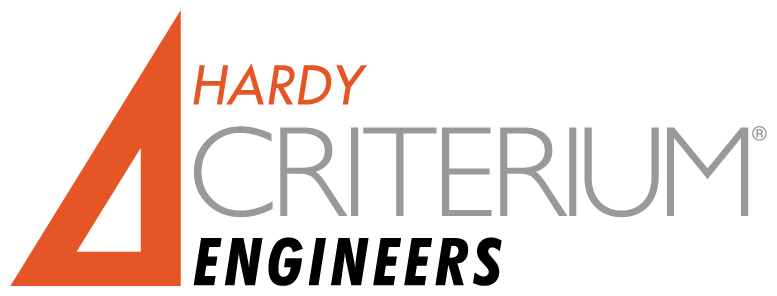Buyers of commercial real estate are concerned with the financing and economics of their acquisition. Until recently, the condition of the building was only a relatively minor concern. That is changing with PCA due diligence.
The initial impetus for carefully evaluating the condition of the building were the failures and foreclosures at the start of the decade. Financial institutions were forced to deal with buildings that were not maintained and needed substantial work.
Next, regulations such as The Americans with Disabilities Act (ADA) created certain imperatives for building owners to upgrade facilities. Seismic codes were, and continue to be re-written. New environmental and ecological concerns surfaced.
Then, changes in the way buildings are financed created a need for a more formal and complete look at the condition of the building and the capital reserves required to maintain it. As more commercial mortgages are securitized, the rating agencies on Wall Street – Moody’s, Standard & Poor’s, etc. – now require that property condition surveys be part of the due diligence process.
The Evolution of a Practice
The first type of engineering service to be almost universally required was the Phase I Environmental Site Assessment. Initially, there was no standard for the service. Vague requirements made it difficult for commercial developers, owners, and financial institutions to be confident that their environmental due diligence would be defensible in court. Enter the American Society for Testing and Materials (ASTM) and the development of E1527: Practice for Environmental Site Assessments.
Property condition surveys and reserve studies have not yet become so standardized. Firms in the business, each have their own format. Each financial institution has their own scope. FannieMae and FreddieMac individually created their own guidelines for multifamily properties.
Appropriate qualifications have not been defined. Financial institutions require firms are acceptable to the rating companies. The rating companies look to the financial institutions to select qualified firms. Finding the best firm for the job can be difficult.
But things are changing, just as they did for environmental inspections. The effort at standardization is being driven by the rating companies themselves. Standard formats have been developed. Most engineers in the field are aware of these formats and can provide them in a timely fashion.
Such consistency enables the engineer to understand the scope of services requested, and makes it easier for all to review the reports. Some of the key features of the engineering study are:
- A review of documents, interviews with owners and occupants, and a site visit
- The development of a list of current deficiencies and a list and schedule of repair/replacement costs for building components, and a projection of these costs during the life of the mortgage plus two years.
- Commentary on the condition of the building and any observed or recorded code violations or safety hazards.
What to Expect in the Future of PCA Due Diligence
With PCA Due Diligence, clear expectations for both environmental and engineering services, commercial building owners, buyers, and financial institutions can expect to see some significant changes in the way service is provided.
First, necessary services are being consolidated under one roof. Buyers can now purchase both engineering surveys and environmental assessments from the same company. Consolidation simplifies the process, reduces costs, and shortens the time frame in which services are provided. Criterium Engineers has offered both services for a number of years. Firms are looking to consolidate other services as well, such as appraisals and surveys.
The second trend is to provide broad geographic coverage. Firms experienced in this work have tended to have only one or a very few offices. That required that they send people all over the region or country. The result was higher cost and lower quality since the engineer was not necessarily familiar with local conditions. Companies that specialize in this work are now trying to build networks to cover broader geographic areas. The Criterium network of 65 national offices – 6 in northern New England – is a perfect vehicle for providing high quality, rapid and consistent service, at an affordable rate.
How Can I Be Sure of Getting the Best Service?
There are a number of things that owners and buyers can do to ensure the best and most expedient service.
- Ask whether the engineering firm is familiar with the due diligence requirements for Commercial Mortgage Backed Securities (CMBS), Real Estate Investment Trusts (REITs) and the like. Even if you are not going this route, the financial institution may use the standards of the rating agencies when reviewing your application.
- Inquire as to the qualifications of the individual doing the work; the person on site. Some firms, in trying to provide broad geographic coverage, may use poorly qualified or inexperienced individuals. The eyes and ears of the engineer are the most valuable part of the service. And be sure to inquire if licensed engineers or architects are being used. There is a difference.
- Be sure to provide accurate and reliable information to the engineer. Construction drawings, maintenance records, and access to maintenance staff should all be readily available during the site visit.
Learn more about our PCA services.

